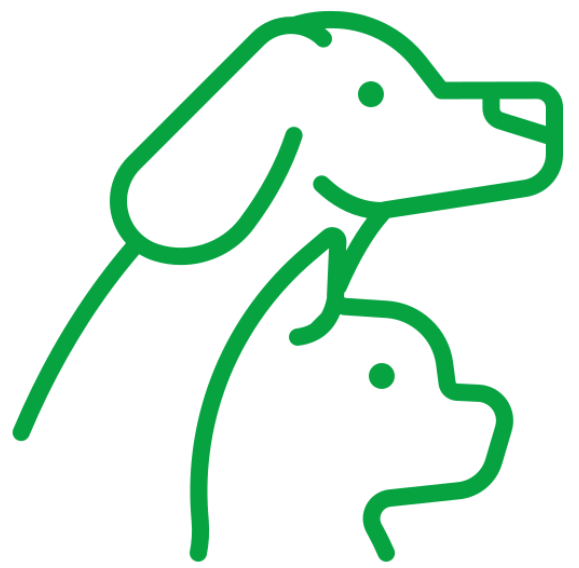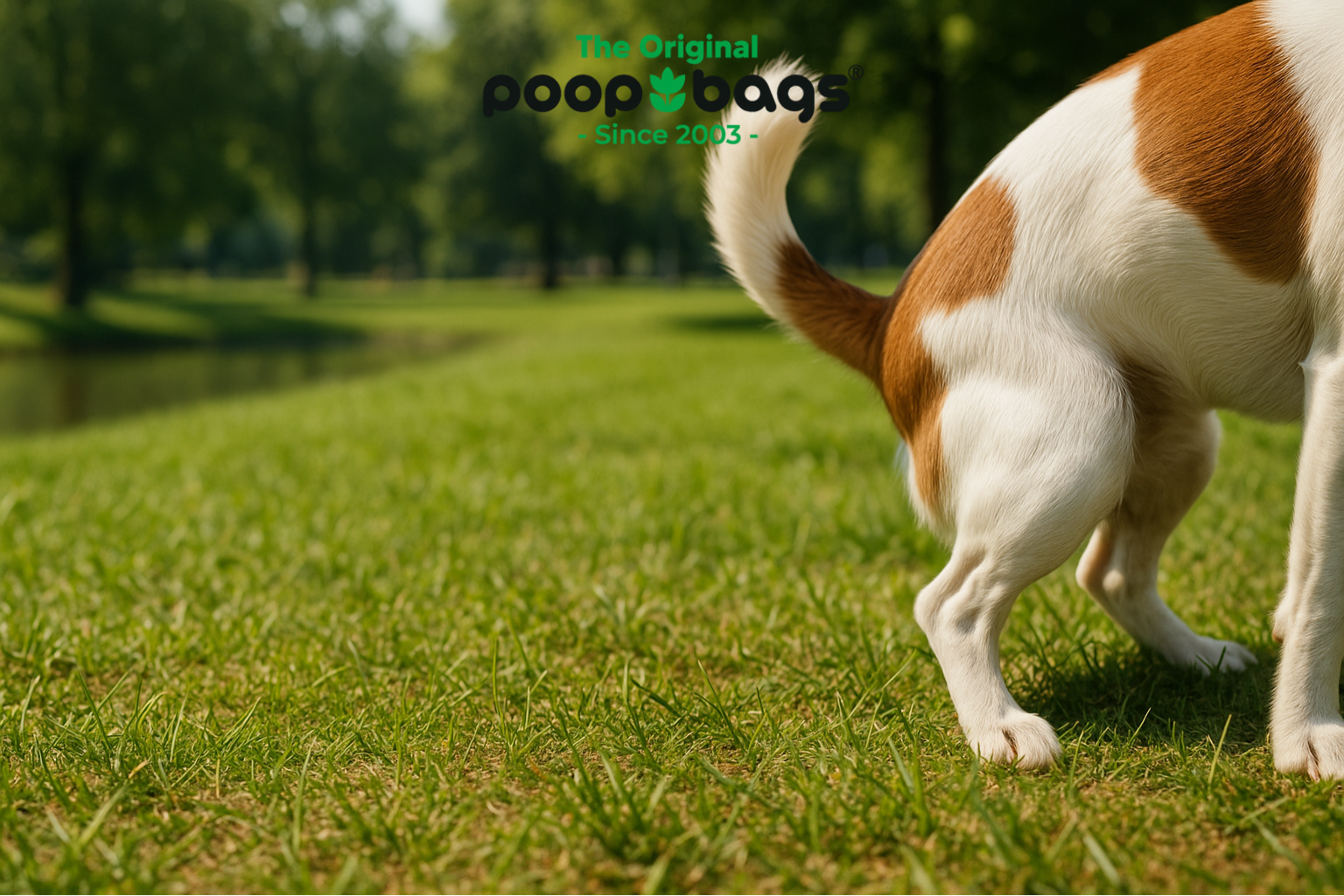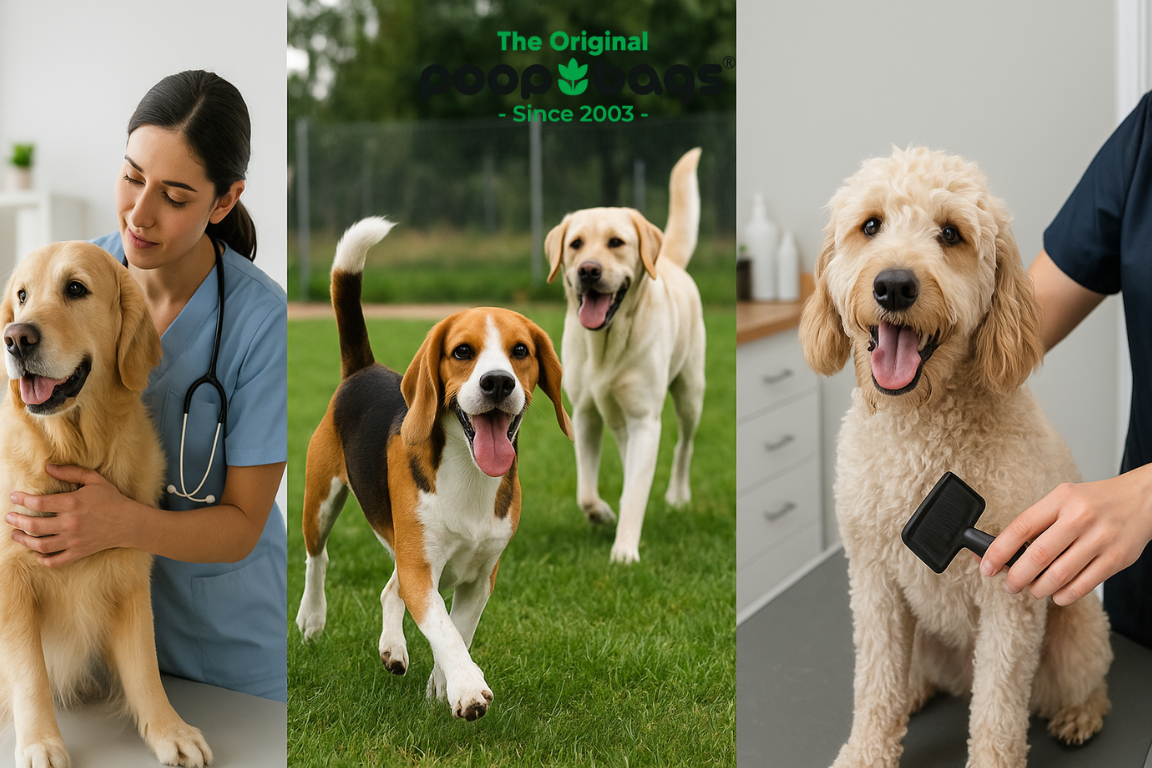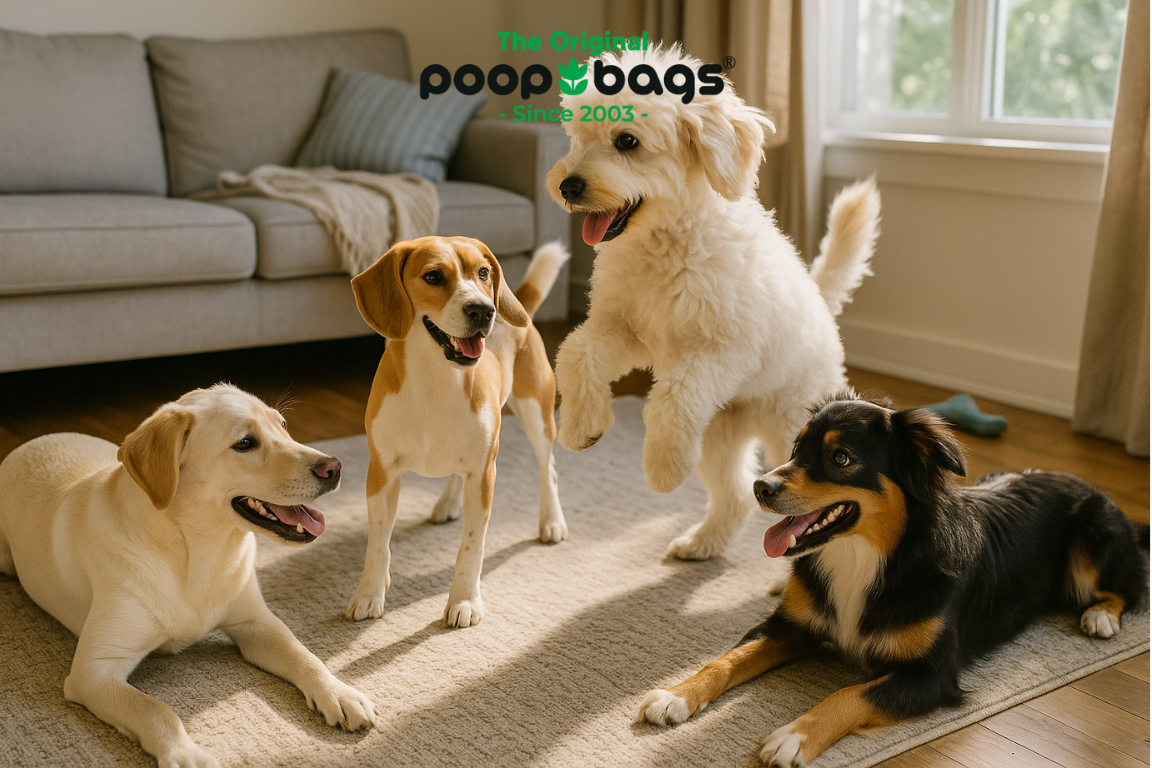Most pet parents think of picking up after their dog as a matter of common courtesy. But according to the Environmental Protection Agency (EPA), dog waste is now the third-largest contributor to water pollution in the United States. That’s right—something as simple as what our furry friends leave behind is affecting the water we drink, swim in, and use every day.
Why Dog Waste Pollutes Water
When left on sidewalks, lawns, or parks, dog waste doesn’t just disappear. Rain washes it into storm drains, streams, rivers, and eventually into larger bodies of water. Along the way, it carries harmful bacteria like E. coli, parasites such as roundworms, and excess nutrients that fuel algae blooms. These pollutants can:
-
Contaminate drinking water supplies
-
Harm fish, wildlife, and aquatic ecosystems
-
Increase the risk of illness for humans and other pets
The Bigger Picture
With more than 90 million dogs in the U.S., even a small percentage of owners neglecting cleanup leads to millions of pounds of waste entering the environment each year. This makes dog waste not just a neighborhood nuisance—but a nationwide water quality problem.
What Pet Parents Can Do
The good news? This issue is entirely preventable. Here’s how you can make a difference:
-
Always scoop it: Keep bags handy on every walk and dispose of waste properly in trash bins.
-
Choose smarter bags: Opt for USDA Certified Biobased poop bags that cut down on plastic use and still get the job done.
-
Spread awareness: Share the EPA fact with friends, family, or on social media—many people don’t realize the environmental impact of dog waste.
Closing the Loop
Your daily walk with your pup might feel small, but every bag picked up keeps harmful waste out of waterways. Together, pet parents can tackle one of the most overlooked sources of pollution and create healthier communities for pets, people, and the planet.









